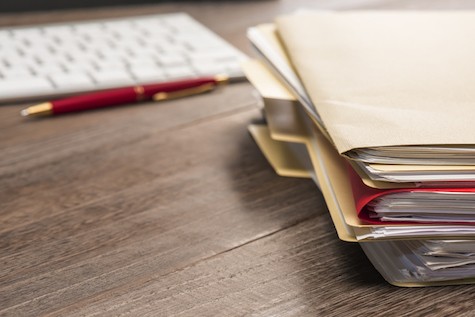Assess your retirement financial resources
#4 in a series of informative blogs on this topic, links to three others are below.
Assessing financial resources is surely at the top or near the top of most investors' lists of what really matters for their retirement planning. Have you given this issue enough attention?

Without a proper assessment, you may be pleasantly or unpleasantly surprised at how far or how little your financial resources stretch in retirement. Further, you may miss out on opportunities to improve and efficiently manage your finances.
A recently-published report, Vanguard's roadmap to financial security: A framework for decision-making in retirement, provides a useful summary of what retirement financial resources should be all about. “The role of financial resources in retirement is to help reach the goals that have been set and to protect against the risks that could ruin the chances of achieving them.”
The report suggests a four-part framework for retirement planning covering retirement goals, risks, financial resources and finally bringing it together with the creation of a retirement plan.
Smart Investing is looking at each of these parts of retirement planning in a series of weekly blogs, examining this week how to assess your retirement financial resources. (Blogs published earlier in the series are: How to plan for a better retirement, Determine your retirement goals and Understand your retirement risks.)
Your retirement financial resources can be broadly divided into: guaranteed income, liquid assets and additional resources (which may include part-time work in retirement and your home equity).
Guaranteed income
Full-or-part Government Age Pensions are, of course, the main source of guaranteed income for the majority of retirees. Income annuities and defined-benefit pensions are other forms of guaranteed income. Considerations here include knowing your Age Pension entitlements and understanding whether an annuity is appropriate for your circumstances.
“In many cases,” the Vanguard retirement report notes, “using one resource to mitigate one risk may actually increase another risk. “For example, purchasing an annuity increases income security but decreases liquid reserves in the near term.”
Liquid assets
In short, these are assets for which a retiree makes the investment decisions. These are typically account-based superannuation pensions and non-super assets. Key decisions concern how these assets are invested and spent throughout retirement.
Additional resources
These include possibly working past traditional retirement ages, working part-time in retirement and perhaps accessing the value of a retiree's home.
Apart from supplementing retirement income, a longer working life provides a chance to save more for what will be a shorter and, therefore, less-costly retirement.
Possible ways to use housing wealth – if financially feasible and appropriate for a retiree's circumstances – include paying off a home mortgage before retirement to remove monthly repayments or downsizing to a less-valuable home.
Taking a reverse mortgage is another way to access the wealth in a retiree's home. (ASIC's MoneySmart website emphasises that reverse mortgages are complex financial products with risks and other potential implications that should be understood before signing a loan agreement.)
Retirement spending
A crucial factor to take into account when assessing your retirement financial resources is your intended approach to spending in retirement, given from your super and non-super assets.
As the authors of Vanguard's report comment: “Developing and implementing an effective portfolio-spending strategy can increase peace of mind and the likelihood of reaching retirement goals.”
Factors that affect how much retirees spend from a portfolio include their expected time horizon (an anticipated long retirement may mean a lower withdrawal rate from savings), portfolio asset allocation (a more conservative portfolio may also mean a lower withdrawal rate) and degree of flexibility in your spending (this depends on the split between non-discretionary and discretionary spending).
Asset allocation
Repeated studies over the past three decades confirm that an investment portfolio's long-term performance largely depends on its long-term, strategic asset allocation. In turn, this means that having an appropriately-diversified portfolio is a vital consideration when assessing your retirement financial resources.
By Robin Bowerman
Head of Corporate Affairs at Vanguard Australia
08 May 2018
www.vanguardinvestments.com.au























